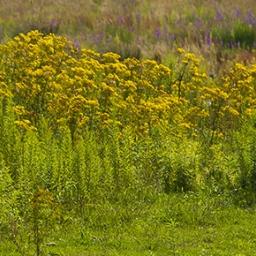A Global Assessment of Plant and Animal Community Responses to Forest Management Over Time
Transitions to forest management that mitigate negative effects of forest use on biodiversity are required to bend the curve of biodiversity loss. To facilitate such transitions, it is vital to understand the effects of different forest management practices on biodiversity. In this study, we analyzed observation data of 182 studies (312,453 abundance values) from three global biodiversity databases to estimate the effects of seven types of forest management on plant and animal (i.e., insects and vertebrates) biodiversity over time, and on threatened animals. We captured biodiversity in four distinct metrics (i.e., quantifiable measures of community composition): (i) intactness, (ii) relative species richness, (iii) compositional similarity, and (iv) relative total abundance, all calculated as the difference in biodiversity between managed and undisturbed forests.
Overall, we find larger effects of forest management on intactness and similarity compared to richness and abundance. This suggests that forest management leads to a loss of species that specifically occur in undisturbed forests but that this decline is partially offset by an influx of species from other areas.
We find that extensive forest management, such as selective cutting and agroforestry, supports higher levels of overall and threatened biodiversity than intensive management, such as forest and perennial tree crop plantations. We also find significant increases in animal community intactness and similarity in agroforests and forest plantations over 40 and 80 years since establishment, respectively, but do not find this for relative species richness and total abundance. This indicates that animal communities in these management systems become increasingly similar to those of undisturbed forests.
Overall, our results highlight the potential of selective cutting and agroforests to mitigate biodiversity loss compared to more intensive systems, as well as the potential of longer rotation periods in forest plantations to increase habitat availability for species specifically adapted to undisturbed forests.
Authors
Specifications
- Publication title
- A Global Assessment of Plant and Animal Community Responses to Forest Management Over Time
- Publication date
- 16 June 2025
- Publication type
- Article
- Publication language
- English
- Magazine
- Global Change Biology
- Issue
- Volume 31, Issue 6, June 2025
- Product number
- 5931
